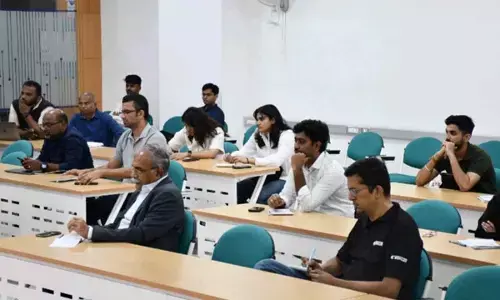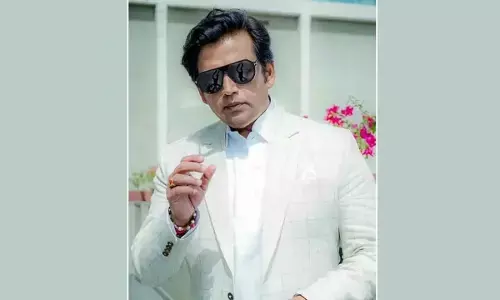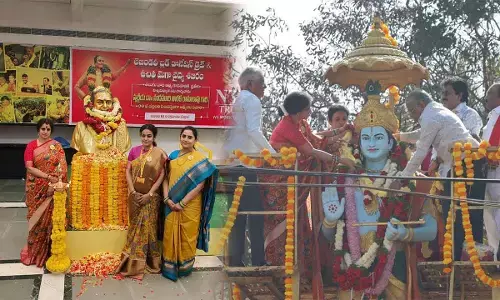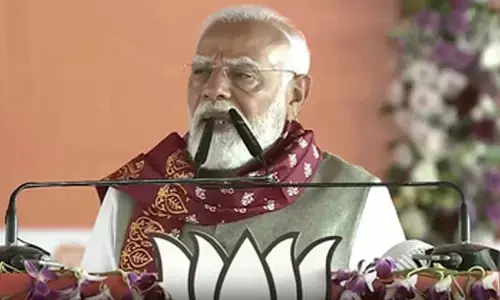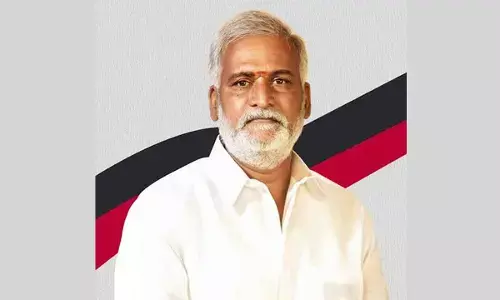OBCs left behind in India’s affirmative action journey
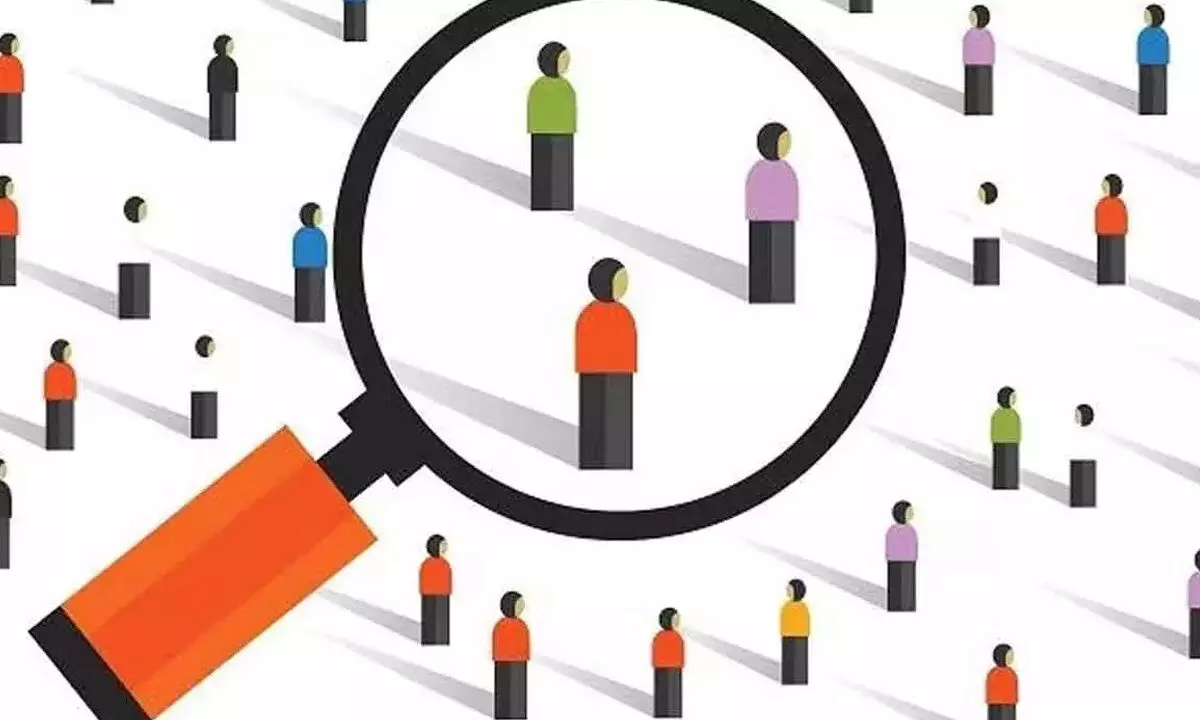
Data reveals a gap between allocated quotas and actual representation, particularly for OBCs. Fulfilling vacant reserved positions and ensuring proper data collection are crucial
Reservation as an affirmative measure has surprisingly taken a centre stage in the run up to the General Elections-2024. It is a matter of much relief as well to see all political parties being aligned in reiterating their resolve to continue using quota as an affirmative tool to empower those on socio-education and economic margins for decades. At present, there is a provision of quota of 15 per cent, 7.5 per cent, 27 per cent and 10 per cent for Scheduled Castes (SCs), Scheduled Tribes (STs), Other Backward Classes (OBCs) and Economically Weaker Sections (EWS) respectively in Central government jobs and admissions in academic institutions. In private sector jobs and academic institutions, there is no uniformity in the implementation of quota policy even now while in many States and Union Territories, 27 per cent OBC reservation is not being implemented. It is, in fact, more than obvious that SC, ST and OBC reservation policy is not being honoured the way the EWS quota is being executed in the country.
India’s reservation policy is rooted in its Constitution. Article 15 (1) says: “The State shall not discriminate against any citizen on grounds only of religion, race, caste, sex, place of birth or any of them.” Article 15 (4) further adds: “Nothing in this Article or in Clause (2) of Article 29 shall prevent the State from making any special provision for the advancement of any socially and educationally backward classes of citizens or for the Scheduled Castes and the Scheduled Tribes.” Similarly, Article 16 (1) reads: “There shall be equality of opportunity for all citizens in matters relating to employment or appointment to any office under the State.” Article 16 (4) states: “Nothing in this article shall prevent the State from making any provision for the reservation of appointments or posts in favour of any backward class of citizens which, in the opinion of the State, is not adequately represented in the services under the State.”
The quota for OBCs came much later, thus further delaying their holistic development. The Socially and Educationally Backward Classes Commission (SEBC), headed by BP Mandal, was set up on January 1, 1979. Its formation had been announced on December 20, 1978, by then Prime Minister Morarji Desai of the Janata Party. The Kaka Kalelkar Commission of 1953, the first Commission for backward classes, had proved a futile exercise. The Mandal Commission did its job with due diligence. On December 31, 1980, the Mandal Commission chairman BP Mandal, also a former Chief Minister of erstwhile Bihar, submitted its report to then President Giani Zail Singh. The recommendations included among others 27 per cent reservation for OBCs in government jobs and educational institutions. On August 7, 1990, then Prime Minister VP Singh of the National Front coalition announced the implementation of the Mandal Commission’s 27 per cent OBC quota recommendation. On November 16, 1992, the Supreme Court upheld the decision, and the recommendation was gradually enforced.
The then Prime Minister Narasimha Rao of the Congress Party announced widespread implementation of the recommendation in September 1993. There was little or no public resistance. However, reservations for OBCs in Central and state governments educational institutes did not take place till 2006 uniformly when then Human Resource Development Minister Arjun Singh took a bold decision to facilitate the higher intake of students from backward communities. It was a revolutionary step, hailed by all political parties. It is, however, said that many leaders cutting across party lines, had expressed their displeasure over the move of Singh in private conversations, but his step was in sync with the country’s collective urge to chart the path of inclusive development together so that no one is left behind. It was certainly a landmark leap. It served a massive blow to the forces inimical to the idea of equality.
Unfortunately, even today the share of OBCs in Central government jobs is not in commensurate with the quota policy. Their condition is quite pathetic in many States. For want of foolproof data, the actual position is not in the public domain. On August 9, 2023, Union Education Minister Dharmendra Pradhan, while submitting the data as of July 1, 2023, in the Rajya Sabha, said that over 42 per cent of the teaching posts reserved for the candidates from SCs, STs and OBCs across 45 Central universities were lying vacant. The non-fulfillment of vacant posts meant for quota castes across different departments in central and State governments is defeating the very purpose behind embracing the policy of affirmative measures. Their share in the judiciary is next to nil. So far as well-paid jobs in the private sector are concerned, the share of SC, ST and OBC is also estimated to be nominal. Authentic official data are not available in this regard.
According to the Annual Report-2022-23 of the Union Ministry of Personnel, Public Grievances, and Pensions, the data received from 75 Ministries/Departments, updated information on representation of SCs, STs and OBCs in the posts and services of the Central Government as on 1.1.2022 suggest that in Group A, the share of SC, ST and OBC employees out of a total of 77887 employees were 10290 (13.21 per cent), 4678 (6.01 per cent), 14074 (18.07 per cent) respectively. In Group B, there were 156623 employees out of which the number of SCs was pegged at 24051 (15.36 per cent), ST 11580 (7.39 per cent) and OBCs 27344 (17.46). In Group C (excluding Safai Karamchari), there were a total of 1622439 employees out of which SCs were 271510 (16.73), STs 119931 (7.39), and OBCs 368101 (22.69 per cent). Among Safai Karamchari, there were 35110 employees out of which 12404 (35.33 per cent) were SCs; 2474 (7.05 per cent) STs, and 6280 (17.89 per cent) OBCs. In all, out of 1892059 employees, SCs were 318255 (16.82 per cent), STs 138663 (7.33 per cent), and OBCs 415799 (21.98 per cent).
The official figures speak volumes for themselves. The participation of SCs and STs in the Central Government jobs is much better than that of OBCs, who are not getting even 27 per cent of their share as stipulated in the government policy, though their population is much higher than that of SCs and STs in the country. It is high time to set up a Quota Cell in every department and university to ensure that no irregularity takes place with regard to the implementation of quota policies. In every decision-making body including interview boards, we must have representatives of SCs, STs and OBCs. Affirmative measures like quotas serve as essential tools in this pursuit, enabling progress that benefits everyone. Reservation is neither a tool to fight poverty nor a matter of convenience but a great means to achieve socio-economic and political resilience and inclusivity. Let us be responsible and inclusive for the well-being of all. That is what will lead to the goal of Viksit Bharat by 2047.








